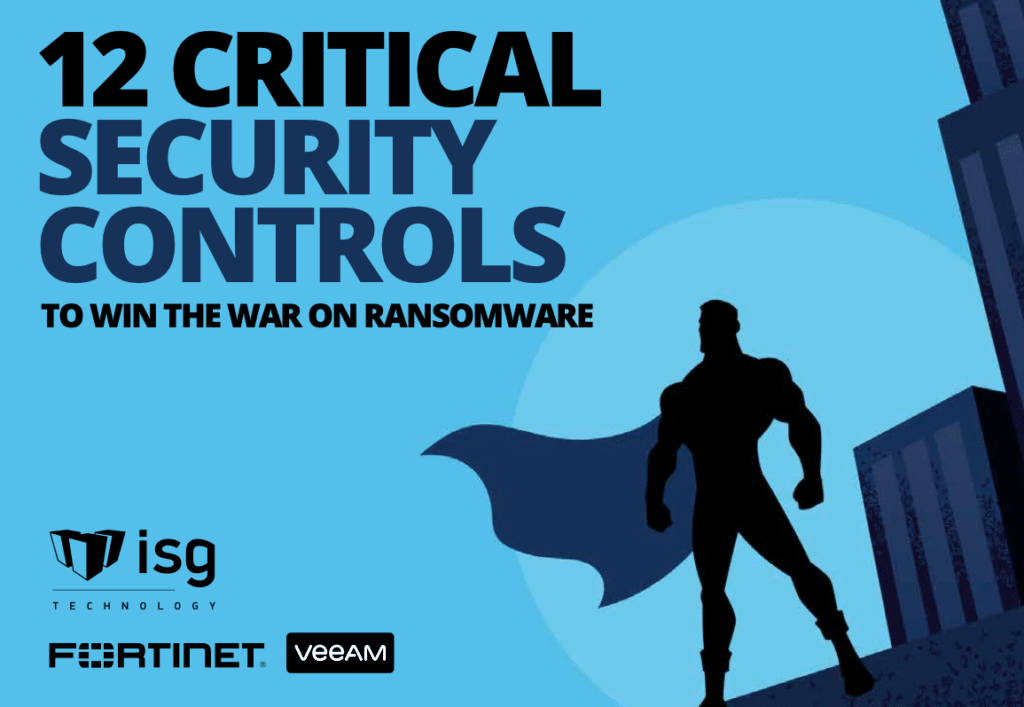Remote Desktop Protocol (RDP) & Network Hardening
RDP’s appeal soared during the pandemic-driven rise in remote work, as it offers seamless access to office systems from anywhere. Unfortunately, this convenience came at the expense of expanding the attack surface of businesses, leaving them more vulnerable than ever before.
To counter this, businesses must implement stringent RDP security measures, including robust authentication, regular updates, and network hardening techniques.
Keep reading for 8 best practices that will thwart unauthorized access and data breaches.
1. Use the Least Privilege Access Principle
This principle ensures that users and systems are granted only the minimum levels of access or permissions necessary to perform their tasks. By restricting unnecessary privileges, companies can minimize the potential damage that can be caused by malicious actors who gain unauthorized access.
2. Enable Remote Access With Remote Desktop Protocol (RDP)
RDP, short for Remote Desktop Protocol, is a proprietary protocol developed by Microsoft that allows users to connect to a remote computer over a network connection. RDP management is crucial because it enables remote access to critical systems and data.
3. Implement Multi-Layered RDP Authentication
To secure RDP connections, companies should implement strong authentication methods to ensure that only authorized users can access remote desktop services. Strong password policies (such as requiring complex passwords that are regularly updated) should also be put in place for RDP authentication.
4. Focus on Network Hardening for RDP
Regularly update RDP software and apply security patches to address known vulnerabilities. Additionally, Network Administrators should also configure firewalls to allow RDP traffic only from trusted IP addresses.
5. Identify Potential Vulnerabilities
Regular security audits and penetration testing can help businesses identify potential vulnerabilities and weaknesses in their network infrastructure and RDP configurations.
6. Change RDP Port 3389
Change the default RDP port to add an extra layer of security. This makes it harder for hackers to target the standard port (3389), which reduces the risk of automated attacks and enhances the overall security posture of the network.
7. Take Advantage of RDP Monitoring
Regularly tracking RDP connections can help businesses detect unauthorized access attempts and unusual patterns in usage. This enables timely responses to mitigate risks.
Additionally, setting up alerts for first-time RDP access, multiple login failures, and unusual login times can provide early warnings of potential attacks.
8. Utilize Advanced Technologies
To effectively monitor RDP utilization, deploy intrusion detection systems and Security Information and Event Management (SIEM) tools. These tools analyze network traffic, log data, and user behavior to identify anomalies, flagging any unauthorized RDP connections.
Incorporating these best practices into your RDP policies and network hardening strategy can provide the access your employees need without compromising security.
Read On
If you’re interested in learning more about the controls needed to secure cyber insurance, be sure to check back tomorrow at 9 AM CST for our segment on Privileged Access Management (PAM).

